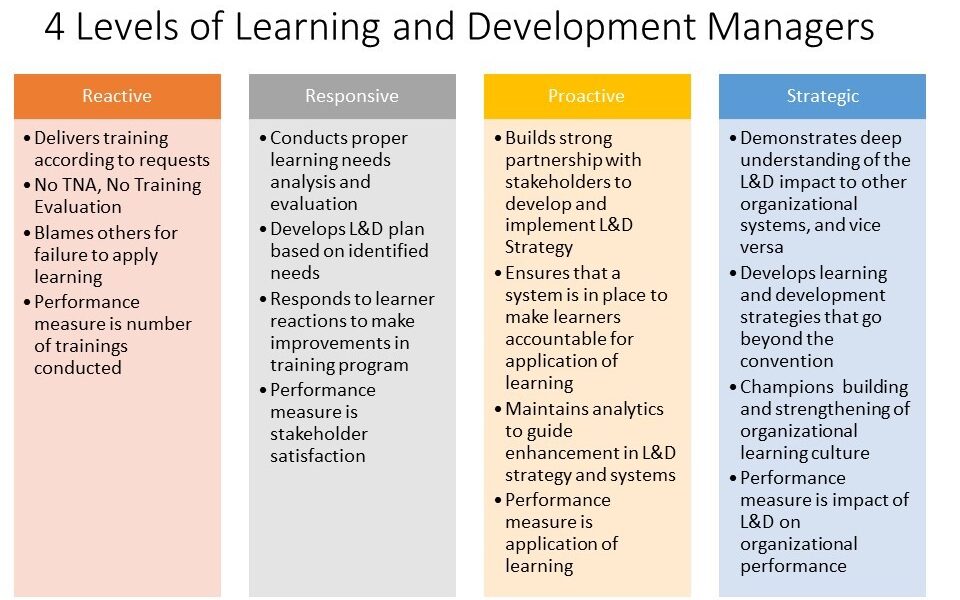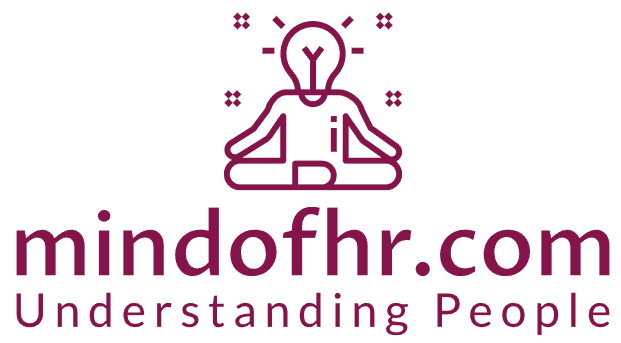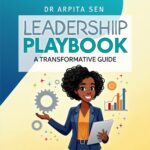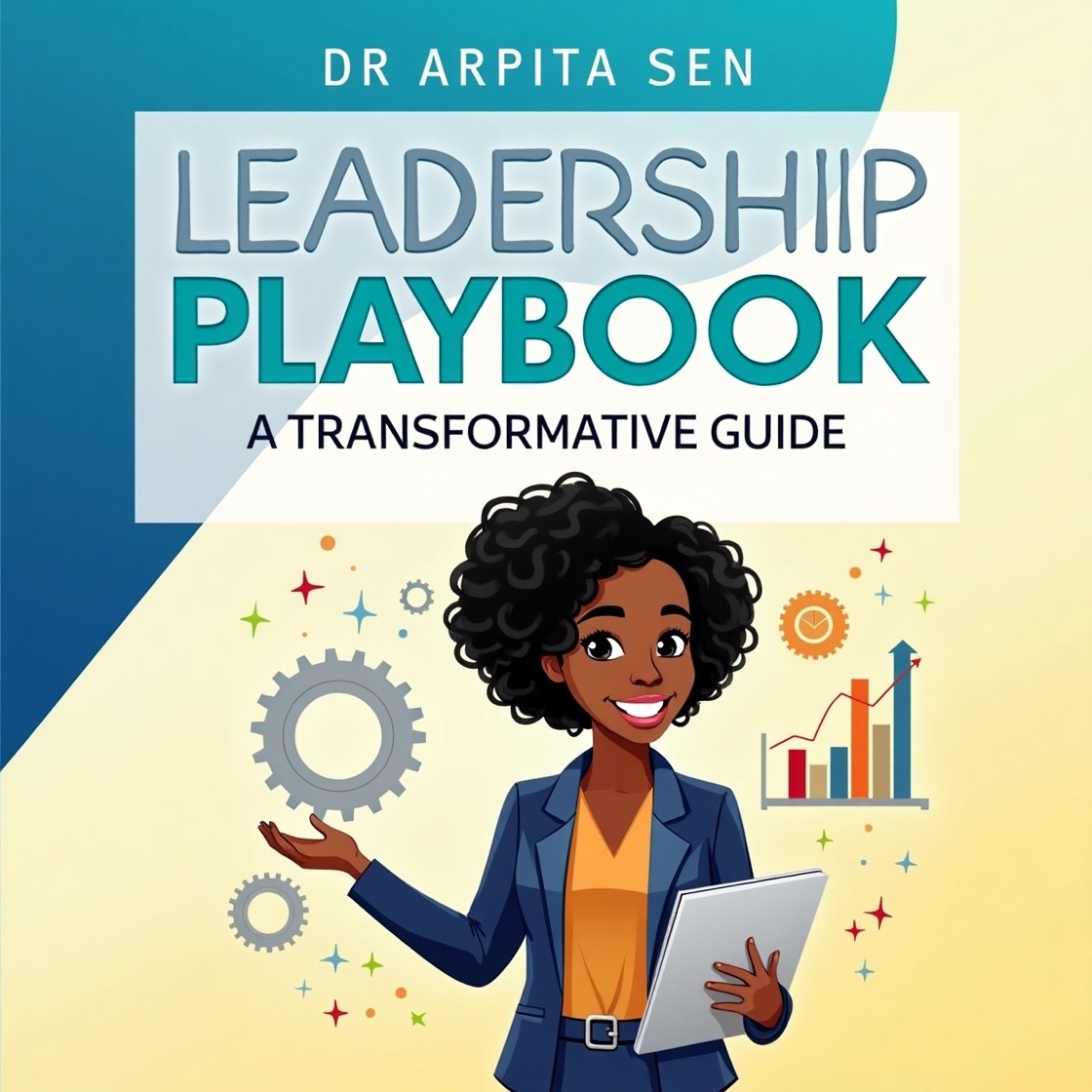In the dynamic landscape of education and professional development, Learning and Development (L&D) models play a crucial role in shaping the way individuals and organizations acquire new skills and knowledge. These models provide frameworks that guide the design, implementation, and evaluation of learning programs. In this article, we will explore various L&D models, highlighting their pros and cons, and providing examples to illustrate their application.

ADDIE Model (Analysis, Design, Development, Implementation, Evaluation):
Pros:
- Structured Approach: ADDIE provides a systematic and structured approach to instructional design, ensuring a comprehensive process.Flexibility: It allows for iterative development, enabling adjustments based on feedback and evaluation.
- Rigidity: Some critics argue that ADDIE can be too linear and rigid, making it challenging to adapt to rapidly changing learning needs.Time-Consuming: The thoroughness of each stage can lead to a time-consuming development process.
Kirkpatrick’s Four-Level Training Evaluation Model:
Pros:
- Comprehensive Evaluation: Kirkpatrick’s model assesses training effectiveness at four levels: reaction, learning, behavior, and results.
- Clear Metrics: Provides clear criteria for evaluating the success of a training program.
- Complexity: Implementing all four levels of evaluation can be resource-intensive and complex.
- Subjectivity: Some elements, particularly at the higher levels, involve subjective judgments.
Bloom’s Taxonomy:
Pros:
- Hierarchical Structure: Bloom’s Taxonomy offers a hierarchical structure for categorizing cognitive skills, facilitating curriculum design.
- Versatility: Applicable across various domains and subjects.
- Overemphasis on Cognitive Domain: Critics argue that it may not adequately address the affective and psychomotor domains.
- Simplification: Some criticize its tendency to oversimplify the complexity of learning.
70-20-10 Model:
Pros:
- Reflects Real-World Learning: Recognizes that a significant portion of learning happens through experience (70%), social interactions (20%), and formal education (10%).
- Promotes Continuous Learning: Encourages a holistic approach to learning that goes beyond traditional classroom settings.
- Generalization: The percentages may not be universally applicable to all learning situations.
- Lack of Rigor: Some critics argue that the model lacks empirical evidence and may oversimplify the learning process.
Conclusion
Learning and Development models are invaluable tools for educators, instructional designers, and organizational leaders seeking to enhance learning outcomes. While each model has its strengths and weaknesses, the key lies in selecting and adapting the most appropriate model to meet specific learning objectives and contextual needs. By understanding the pros and cons of various L&D models, stakeholders can make informed decisions that contribute to effective and meaningful learning experiences











